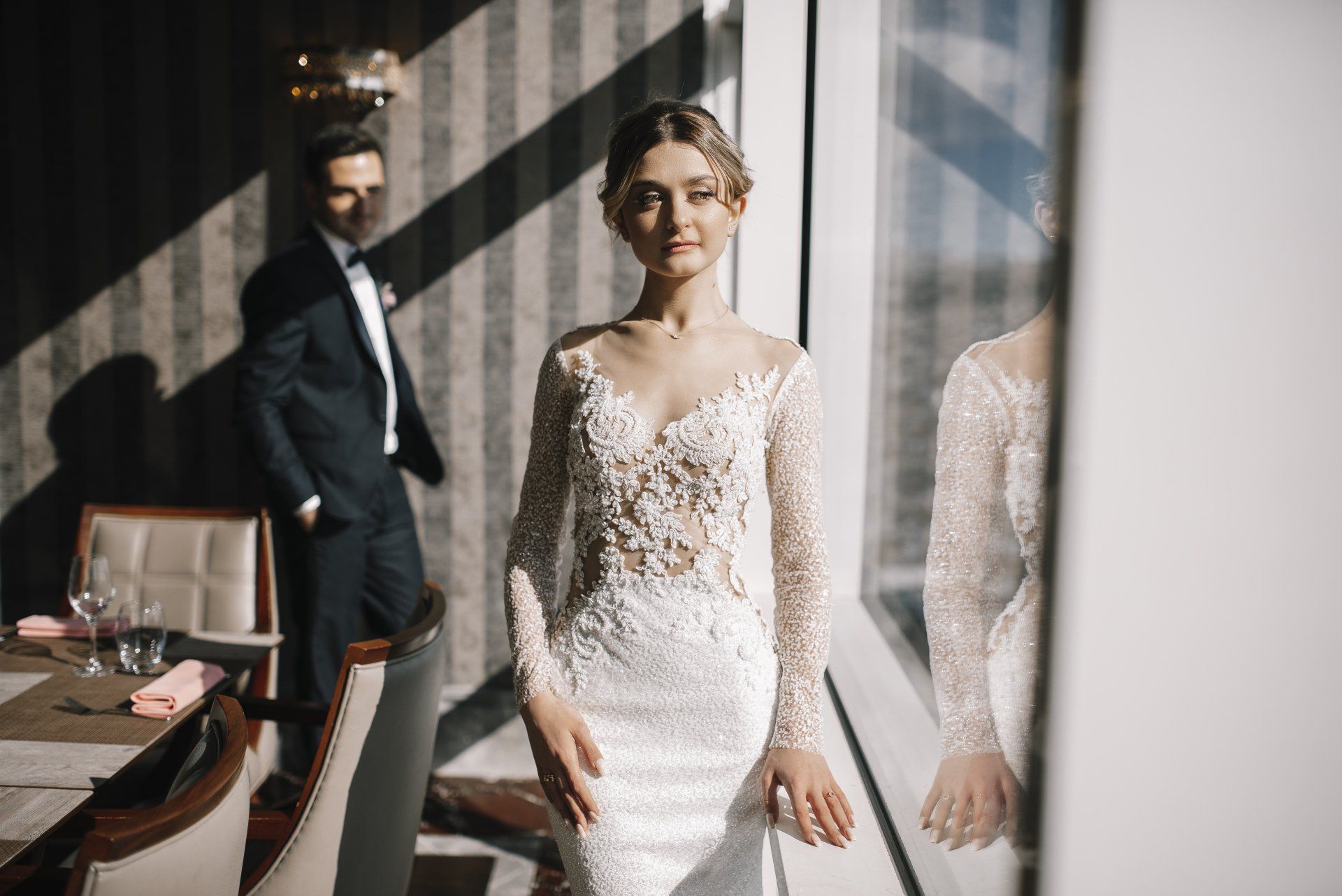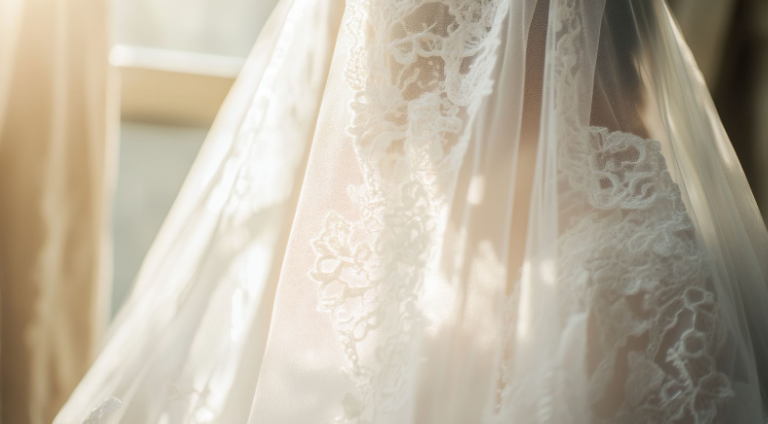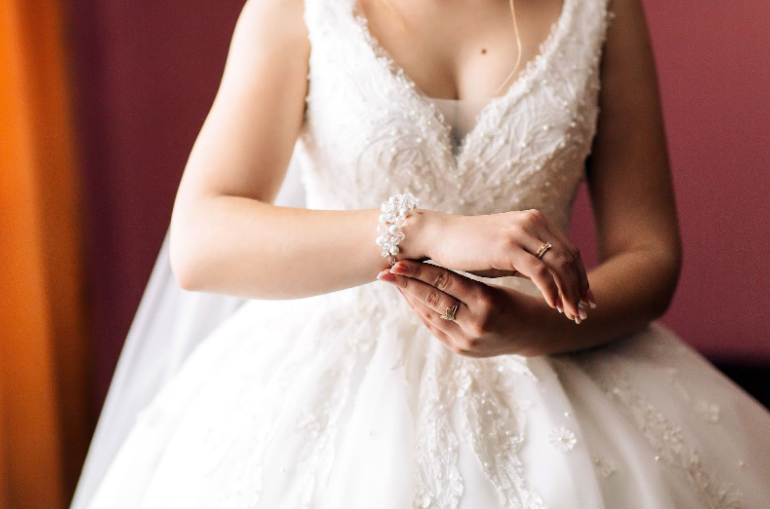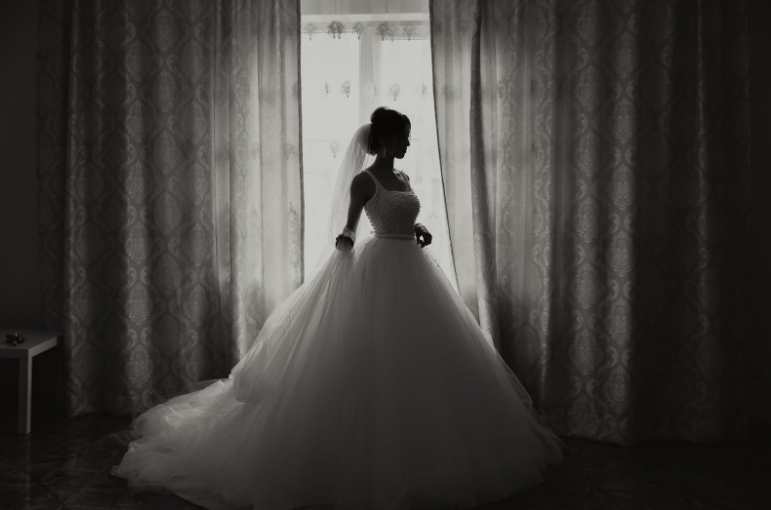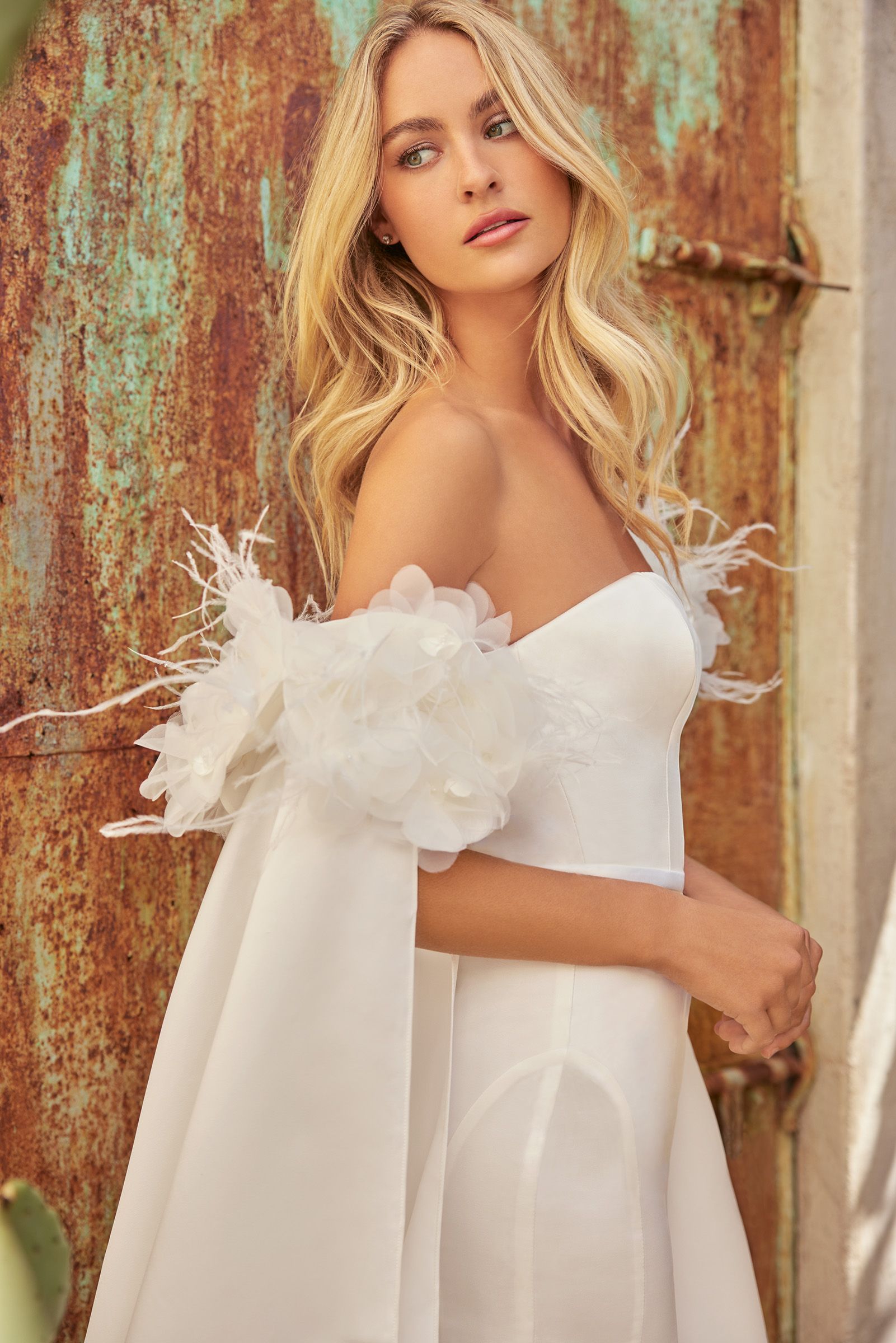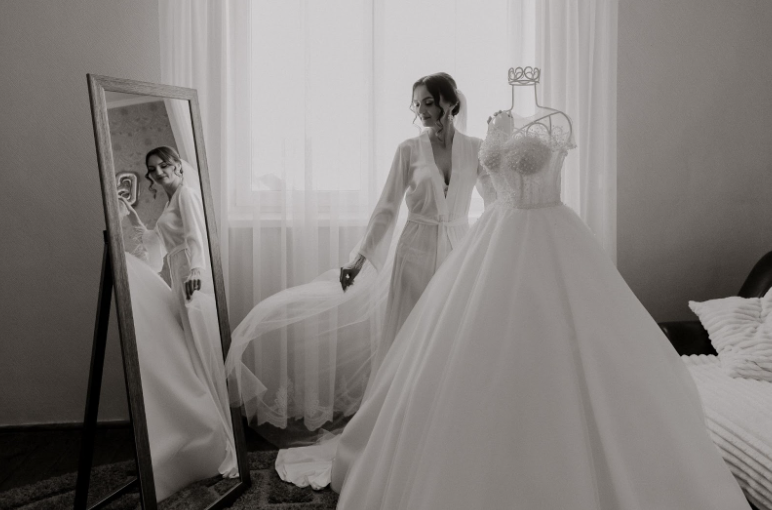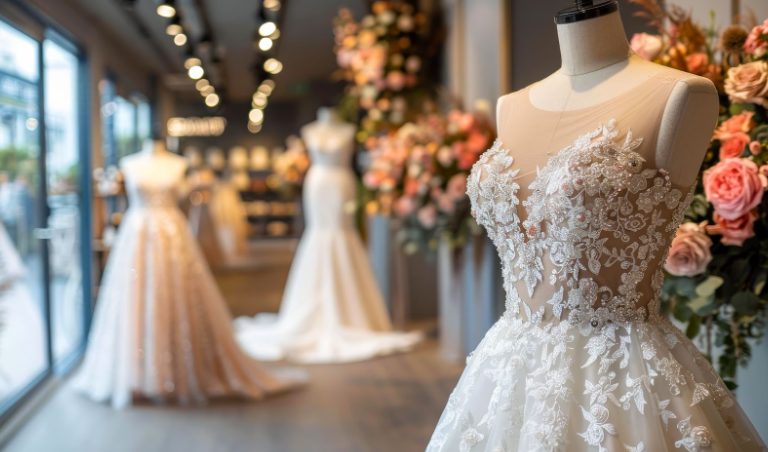Navigating Bridal Fittings: A Comprehensive Guide for Brides
A bridal fitting is a crucial stage in the journey to your special day, ensuring that your wedding gown fits perfectly, complementing your form and enhancing your beauty. These sessions allow for precise adjustments to be made, delivering comfort and confidence as you walk down the aisle. Understanding the process will help you manage your expectations and contribute effectively to achieving the dress of your dreams. This guide provides future brides with a detailed walkthrough of what to expect during bridal fittings and how to ensure everything goes smoothly.
Understanding the Bridal Fitting Process
The journey to a perfectly fitted wedding gown typically involves multiple stages of alterations. Initially, you should schedule your first fitting about six to eight months before your wedding. This allows ample time for detailed alterations and ensures that any significant changes, such as resizing or reshaping the gown, can be completed without rush charges.
The First Fitting
During the initial fitting, the primary focus is on assessing the overall fit and discussing the desired changes. It is crucial at this stage to wear the exact undergarments and shoes you intend to wear on your wedding day. This accuracy ensures that the alterations made will accommodate any support garments and that the gown's length matches your heel height. The seamstress will pin and mark areas requiring adjustments, allowing you to visualize the modifications that will be made.
Subsequent Fittings
After the first round of alterations, you will attend one or two more fittings, typically spaced a few weeks apart. These sessions are designed to refine the fit after the initial adjustments have been made. It's an opportunity to make smaller tweaks, such as tightening the waist or adjusting the hemline. These fittings are crucial for addressing any remaining concerns and ensuring the gown feels comfortable and looks flattering from every angle.
Types of Adjustments Made During Fittings
During your fittings, several types of modifications can be made to perfect the gown’s fit. Common alterations include adjusting the length of the gown, taking in or letting out the sides to better fit your body, and modifying the bust and hip areas. Additionally, more complex changes can be made, such as adding or removing straps, altering the neckline, or customizing embellishments to match your style preferences.
Final Fitting and Gown Preparation
The final fitting is your last chance to ensure everything looks as expected. This fitting should occur one to two weeks before your wedding. Make sure to move around in your gown during the fitting to test its comfort and functionality. This is the time to practice walking, sitting, and dancing to ascertain ease of movement. The gown should be completely adjusted to your satisfaction by the end of this session.
Practical Tips for a Successful Bridal Fitting
To make the most of your bridal fittings, consider these practical tips:
- Choose Your Companions Wisely: Bring someone whose opinion you trust, but avoid large crowds that could influence your personal preference.
- Communicate Clearly: Be honest and upfront with your seamstress about what you like and what you’re uncomfortable with.
- Keep Consistency: Wear the same shoes and undergarments to every fitting.
- Schedule Wisely: Plan your fittings around your schedule to avoid feeling rushed.
Understanding the nuances of bridal fittings can dramatically ease the stress of preparing for your wedding day. By knowing what to expect, you can actively participate in the process, making informed decisions that highlight your personal style and preference. The goal of each fitting is to ensure that your wedding gown fits flawlessly, looks spectacular, and makes you feel like the centerpiece of your celebration. Enhanced by the perfect fit of your gown, your confidence will shine as brightly as your happiness on your wedding day.
Ready to find your dream wedding dress and enjoy a fitting experience tailored just for you? At Renee Atelier, we're dedicated to making every bride look and feel her absolute best on her wedding day. From the initial fitting to the final touches, our expert team is here to guide you every step of the way. Contact us to schedule your appointment. Let's make your wedding dress dreams come true together.
